We caught up with the brilliant and insightful Jesus Li a few weeks ago and have shared our conversation below.
Jesus, thanks for joining us, excited to have you contributing your stories and insights. When did you first know you wanted to pursue a creative/artistic path professionally?
My grandfather once told me, “Start dressing better; you should start wearing shirts; when it’s your turn to work, you should wear a suit.” I was twelve years old. Considering wearing a suit as a symbol of success seemed absurd. Formal appearance as an instrument of social acceptance was a parameter I was not interested in meeting.
Now, more than twenty years later, I understand perfectly where this proposition came from. My family and I grew up in a context of poverty; I grew up exposed to situations that could have easily led me to stop studying, crime, or other conditions that thousands of Peruvians facing poverty face every day. In his way, my grandfather sought to push me out of the circle.
But it is there, in the middle of this adolescent mental dispute about fashion standards, that my path of questioning traditional patterns began, a long path that led me to build a lot of mental and personal flexibility.
In my youth, I was not exposed to artists or creative careers that led me to follow the same path, but I was exposed to a family that innovated daily by giving me education, food, housing, health, and, above all, a lot of love. I was exposed to their most creative ways to survive so that I could live.

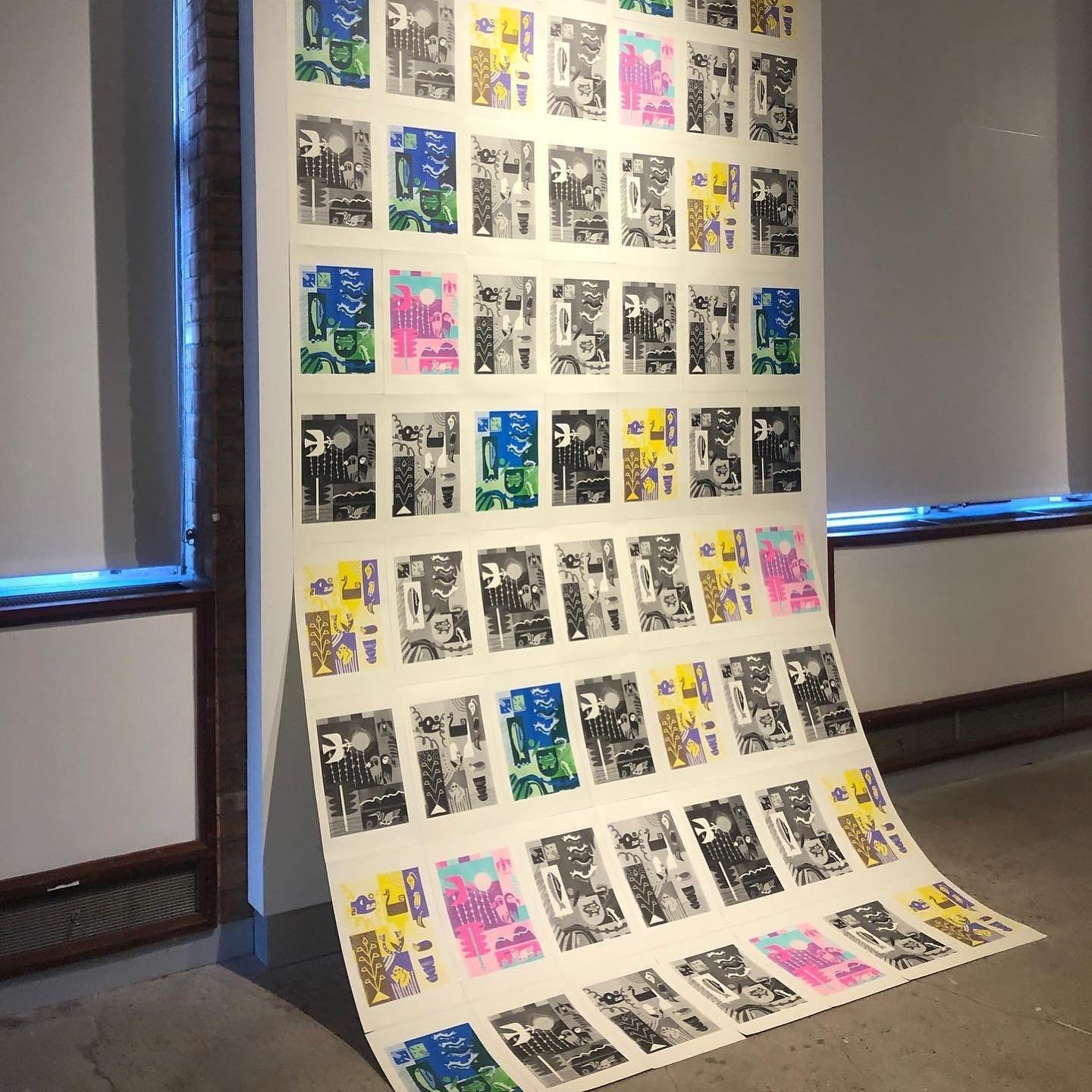
As always, we appreciate you sharing your insights and we’ve got a few more questions for you, but before we get to all of that can you take a minute to introduce yourself and give our readers some of your back background and context?
When I was finishing school, I was lucky to meet some people who worked in advertising and design. I was amazed by their lifestyle. It was like finding the pot of gold at the end of the rainbow. I spent time with them, I started to find out where to study, I took specific skills tests, and although I was ready to start a glorious path within the creative and artistic industry, I couldn’t afford it.
It took several years to afford academic training in art and design. In the meantime, all I had to do was be self-taught, from software to crafting. Drawing, layout, typography, composition, color, traditional art, etc., was at my fingertips just by Googling. But everything was limited; I felt like I was gathering half-knowledge.
I saved for many years and managed to start studying at an art and design school. And, like any privileged academic space, it allowed me to meet people and make a network, which helped build my career in my early 20s.
I started as a marketing assistant; 30% of the job was designing internal communications, and 70% did administrative work. And, although tiny, I had total creative freedom for that thirty percent of creative work. At the same time, I began to carry out projects for the educational area with the Lima Art Museum. There, I discovered a world that I felt, even at that age, was much further away from me. Work for a museum? Create visual content for thousands of people? At that moment, a new question was born: how can I mix these two worlds in me?
That’s how I dedicated myself to doing more artistic projects, such as installation and illustration, along with my full-time jobs. I work in advertising agencies and media. I collaborate as a visual consultant with NGOs such as Amnesty International or CLUES, a Latino organization in Minnesota. And now, I have also done art exhibits for the last four years.
In recent years, my work as a designer has focused on creating visual identity solutions using typography, illustration, and editorial design. At the same time, my artistic practice allows me to explore installation, video art, and animation to research topics related to cultural identity and community.

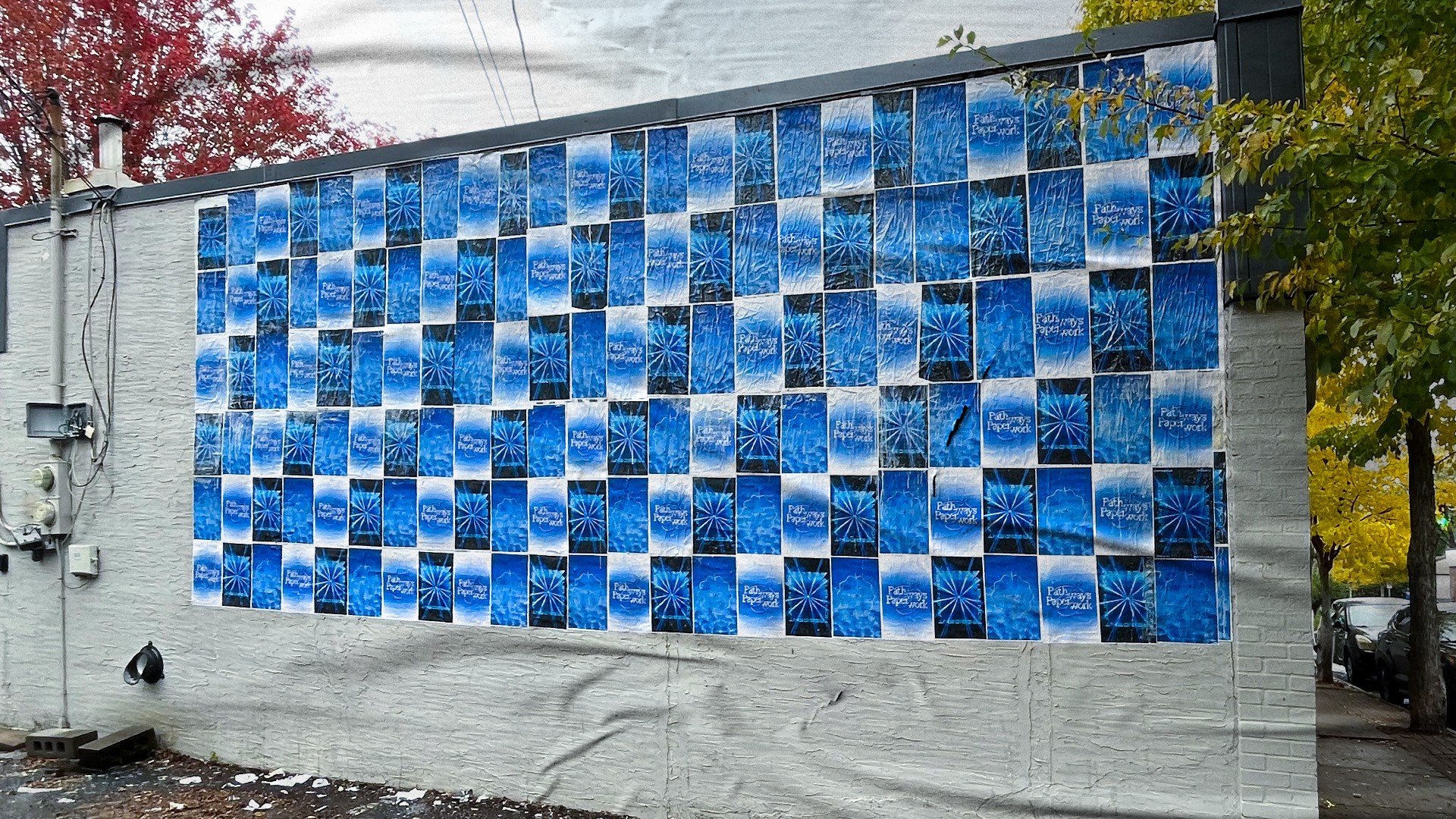
Is there something you think non-creatives will struggle to understand about your journey as a creative?
Flow State. People who work in creative fields often experience a state of flow where they are fully immersed in our work. “Non-creatives” might find it challenging to understand the intensity and focus we experience during these moments. These processes can even be considered procrastination or disinterest, but creative processes have a very particular and personal structure related to each individual and how they process their information. It is essential to respect the conditions and times of creation when working with a person in art and design.
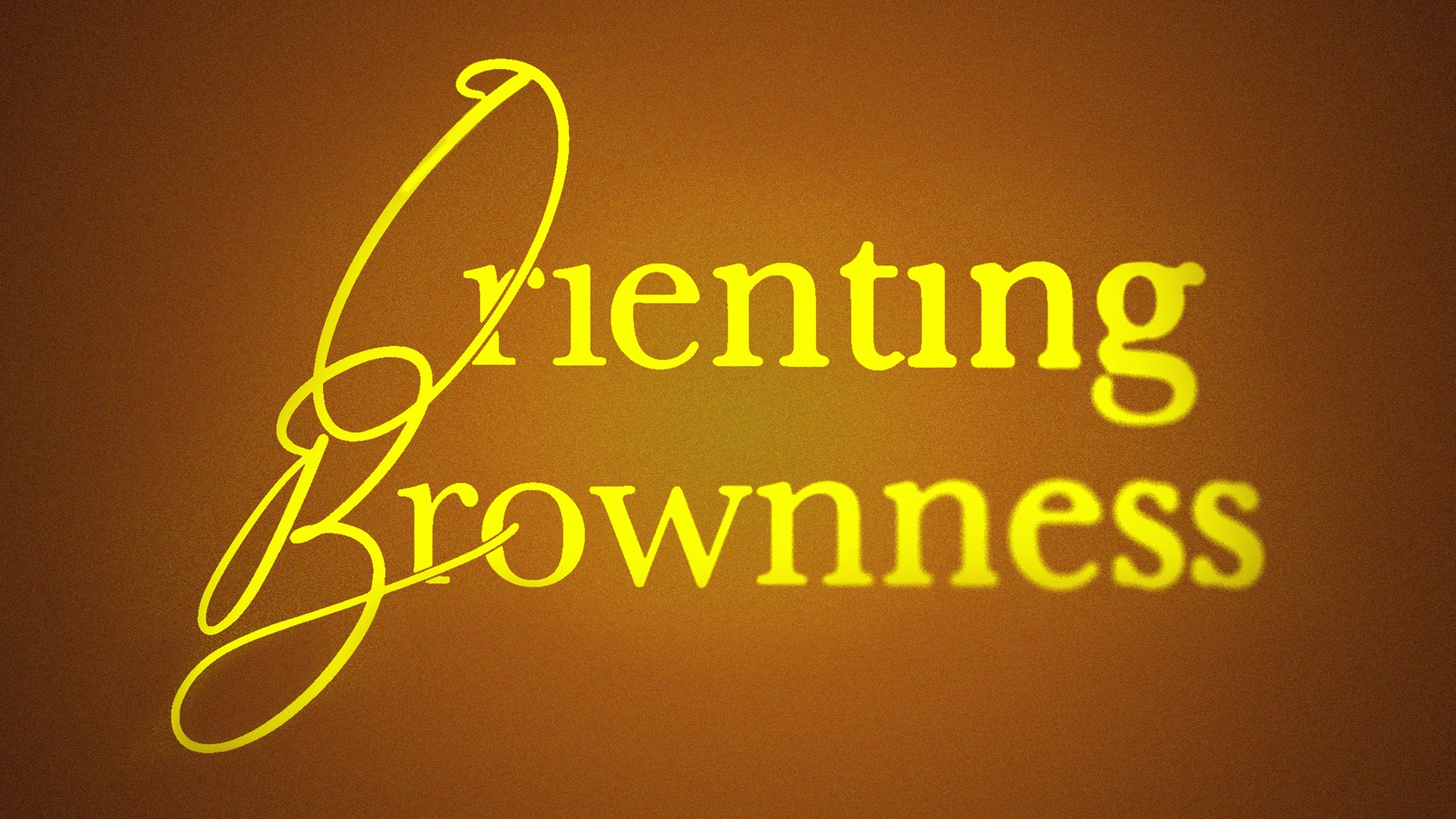
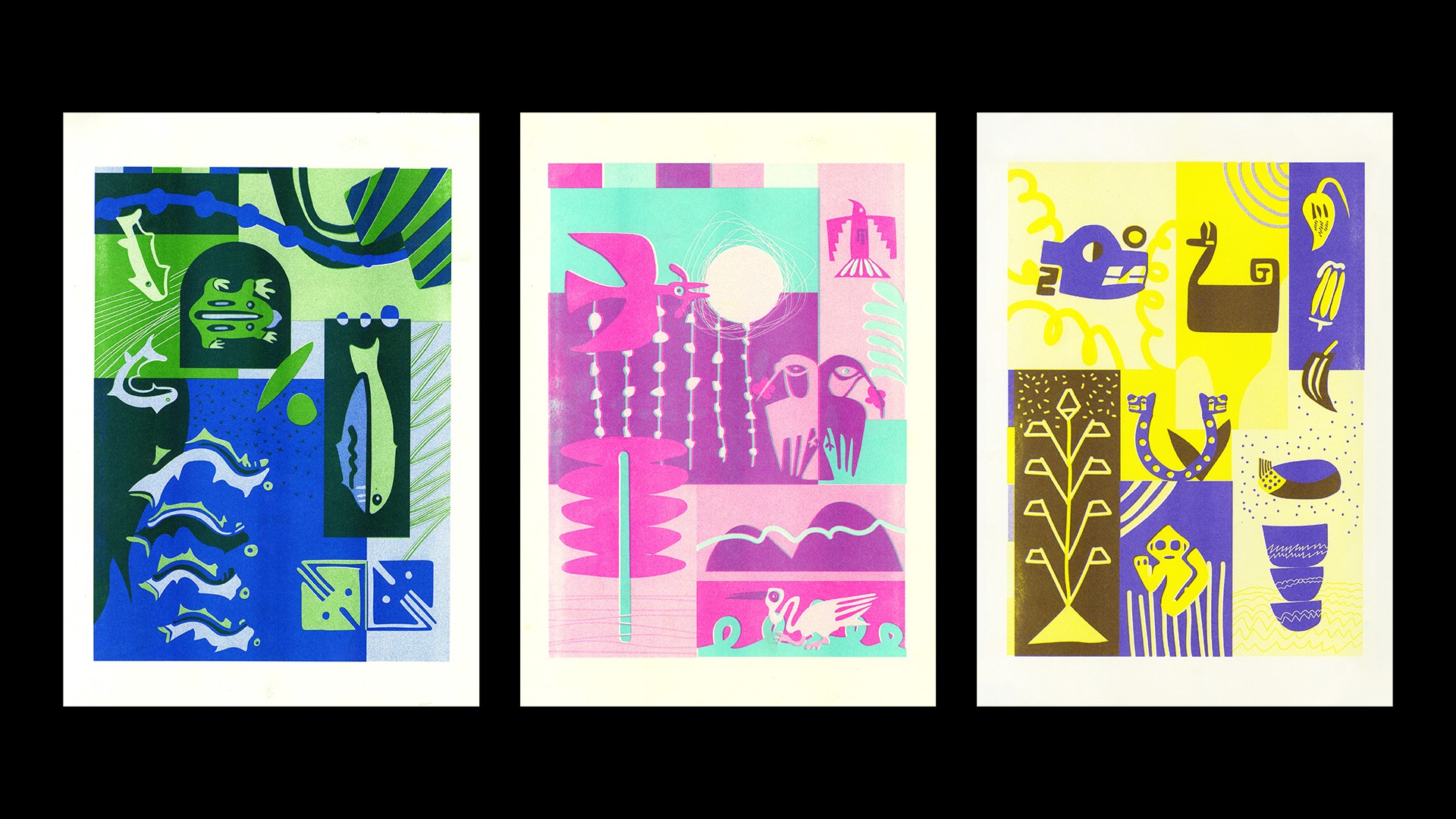
Can you tell us about a time you’ve had to pivot?
Three years ago, after finding stability and balance with a creative career in Peru, I was offered a scholarship to study for an MFA in the United States. This meant letting go of the stability I had to build a new life. However, something that didn’t occur to me then was that I was also leaving my friends, family, and any everyday experience. I was leaving behind my community, therefore, part of my identity.
However, moving to Minneapolis helped me a lot. This feeling of absence allowed me to explore new artistic skills, expand my knowledge, meet incredible people, and relearn how to be resilient.
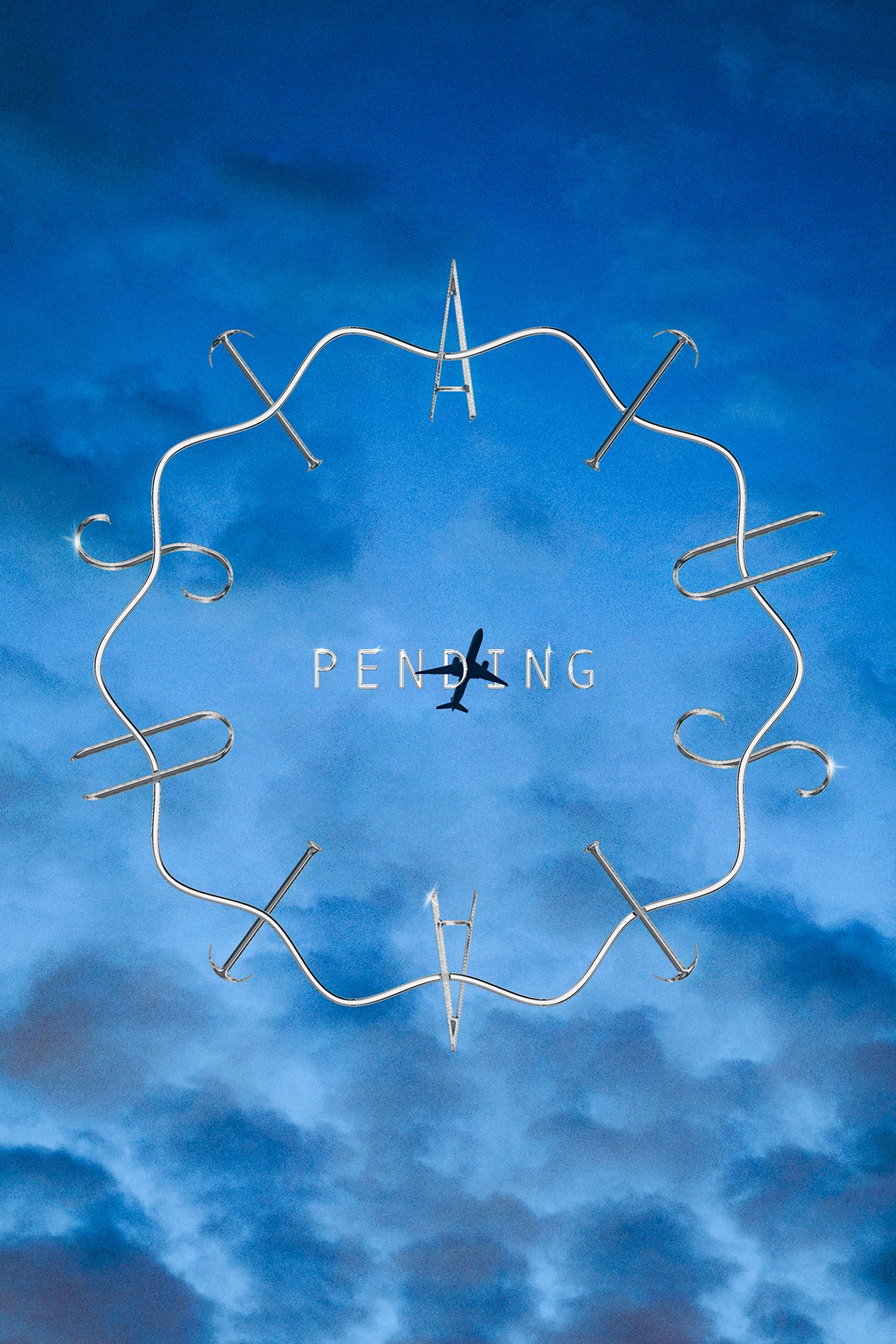
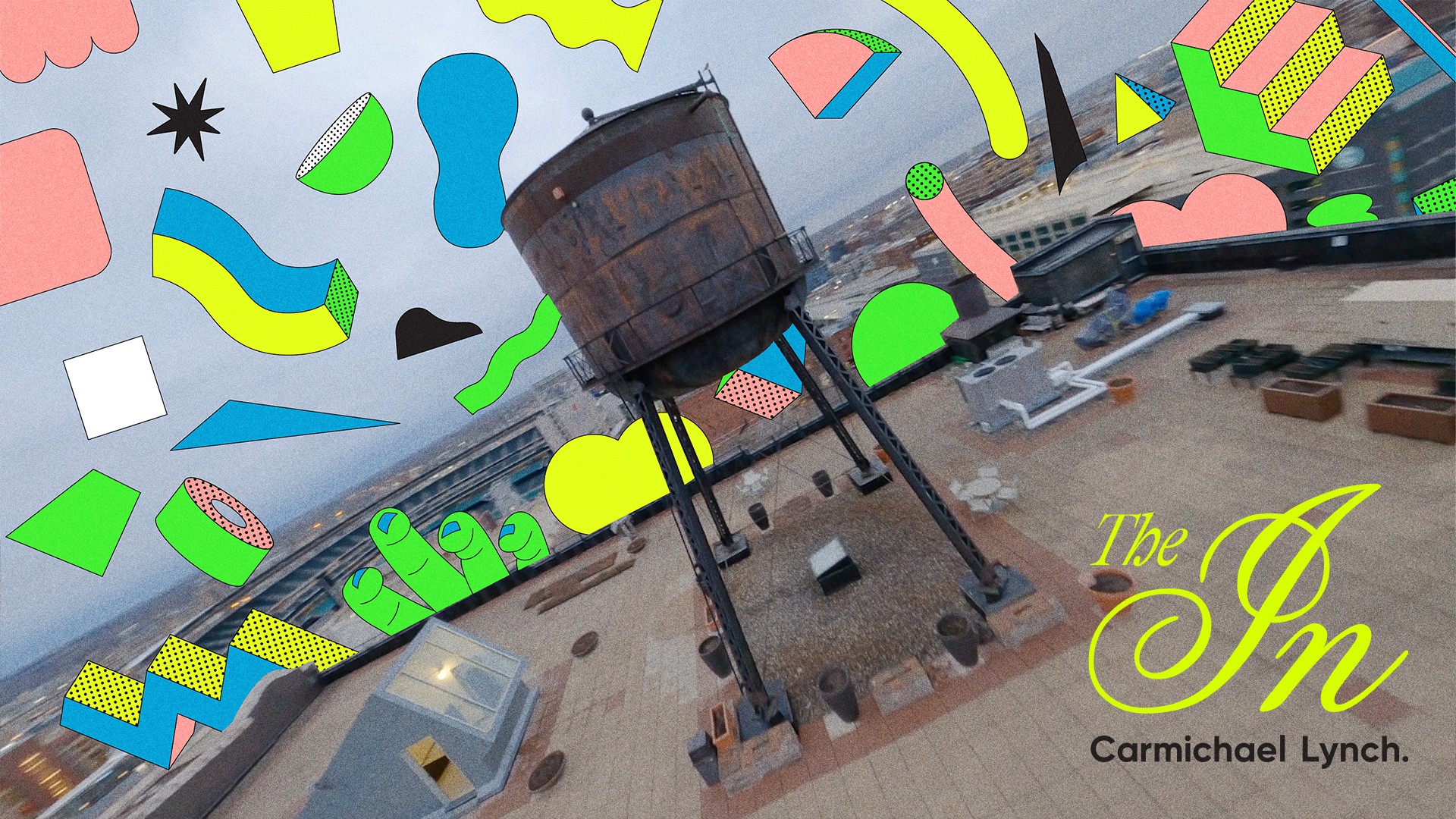
Contact Info:
- Website: www.jesusli.com
- Instagram: @emejotali
- Linkedin: https://www.linkedin.com/in/jesusli/
Image Credits
Image Credits: Jesus Li


